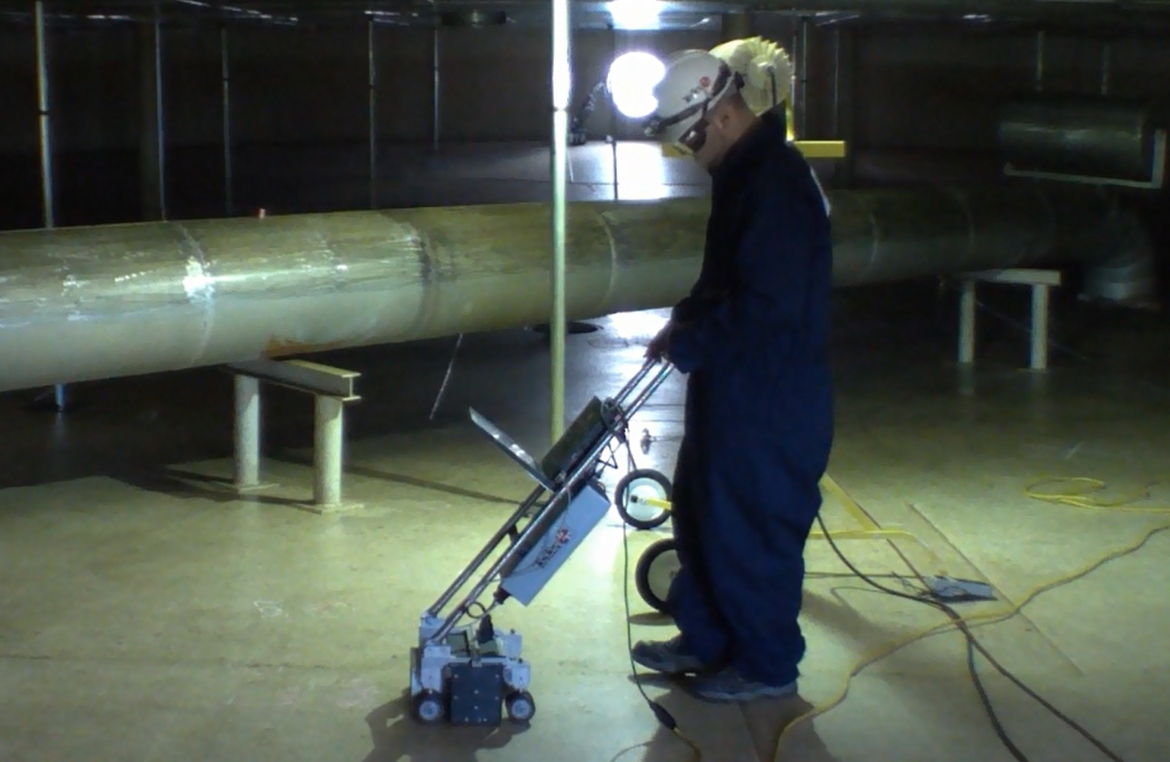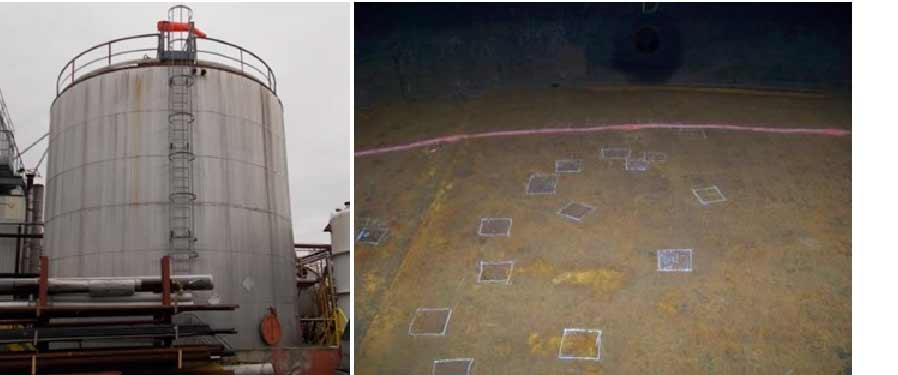A Detailed Overview of Tank Welding Examination Standards and Methodologies for Improved Weld Top Quality and Performance
The importance of welding examination requirements in the manufacturing of tanks can not be overemphasized, as they offer as the foundation for guaranteeing weld stability and functional dependability. Numerous evaluation strategies, consisting of aesthetic analyses and advanced non-destructive testing approaches, are important in determining possible defects that might jeopardize performance.
Value of Welding Assessment Requirements

Welding inspection criteria include a variety of criteria, consisting of material specifications, welding treatments, and credentials of personnel associated with the welding procedure. By applying these requirements, organizations can systematically recognize and correct possible flaws, consequently reducing the likelihood of pricey fixings or devastating failures. Strenuous assessment practices foster a society of liability and precision, motivating welders to keep high levels of craftsmanship.

Usual Welding Evaluation Techniques


Ultrasonic Examining (UT) is one more common method, making use of high-frequency acoustic waves to find inner flaws that might not show up externally. This method is particularly reliable for recognizing spaces or inclusions within the weld steel. Magnetic Fragment Testing (MT) is likewise commonly utilized, specifically for ferromagnetic materials, as it discloses surface and near-surface issues with the application of electromagnetic fields and ferrous particles.
Additionally, Liquid Penetrant Testing (PT) identifies surface-breaking issues by applying a penetrant to the weld and afterwards utilizing a designer to attract out the penetrant. Each of these strategies contributes to a thorough evaluation method, ensuring that welds fulfill the strict high quality standards required in storage tank building.
Regulative Requirements and Conformity
Regulatory criteria and compliance are important components in guaranteeing the safety and reliability of welded frameworks in tank building and construction site here - Tank Welding Inspection. These standards serve to develop minimum requirements for material properties, welding procedures, and evaluation practices, consequently lowering the danger of structural failures and improving total efficiency
Secret companies, such as the American Culture of Mechanical Engineers (ASME) and the American Welding Society (AWS), provide standards that are commonly taken on in the sector. Conformity with these criteria not only guarantees adherence to finest methods yet likewise fulfills lawful and contractual obligations, guarding the rate of interests navigate here of stakeholders.
Governing bodies usually mandate adherence to specific codes, such as ASME Code Section IX for welding credentials and API 650 for welded storage tanks. These codes outline requirements for welding strategies, qualifications of personnel, and testing methods to verify weld stability.
Normal audits and evaluations are crucial to preserving conformity, as they aid recognize variances from established requirements. Non-compliance can result in significant penalties, job hold-ups, and safety dangers. Hence, a robust understanding of regulatory standards and a dedication to conformity are vital in achieving high-grade and sturdy welded container frameworks.
Non-Destructive Evaluating Methods
Just how can the stability of welded frameworks be ensured without triggering damages? Non-destructive screening (NDT) approaches use a robust solution, allowing inspectors to assess weld high quality without compromising the material - Tank Welding Inspection. Amongst the most usual NDT strategies are ultrasonic testing (UT), radiographic screening (RT), magnetic bit testing (MT), and color penetrant screening (PT)
Radiographic testing entails passing X-rays or gamma rays through the weld, creating pictures that reveal architectural issues such as fractures or voids. This technique is important for evaluating the honesty of intricate welds.
Magnetic fragment testing is suited for ferromagnetic products, where electromagnetic fields reveal surface area and near-surface interruptions. Dye penetrant testing uses a liquid color to highlight surface-breaking flaws, making it a reliable technique for non-porous materials.
Each of these NDT techniques has distinct advantages, allowing for comprehensive analyses customized to specific materials and welding procedures. By implementing these strategies, markets can guarantee the dependability and safety and security of bonded frameworks, eventually improving total performance.
Enhancing Weld Top Quality With Assessment
Effective assessment plays a critical role in enhancing weld top quality, working as a vital checkpoint in the fabrication procedure. By recognizing potential problems early, assessments reduce the threat of compromised architectural integrity and make sure conformity with market standards. Using a combination of visual exams, non-destructive screening (NDT) techniques, and mechanical analyses, inspectors can discover concerns such as porosity, cracks, and incomplete fusion.
Applying a robust inspection method not just improves the general high quality of welds however likewise cultivates a culture of responsibility amongst welders and fabricators. Routine training and accreditation of inspection personnel make certain that they are furnished with the essential skills to acknowledge and address potential troubles effectively. visit homepage This proactive method lessens rework and linked prices, ultimately adding to forecast effectiveness.
Additionally, comprehensive documents of inspection searchings for gives valuable understandings right into persisting issues, promoting continuous renovation in welding techniques. By leveraging advanced technologies, such as automated ultrasonic testing or digital radiography, weld high quality can be enhanced through more precise evaluations. Finally, an extensive evaluation process is crucial in accomplishing high-grade welds, making certain safety and security, reliability, and durability in tank fabrication.
Final Thought
In verdict, the implementation of strenuous tank welding examination requirements and methods is essential for ensuring weld integrity and efficiency. By using a combination of aesthetic evaluations, non-destructive testing techniques, and adherence to regulative standards, companies can effectively determine and alleviate prospective issues. Fostering a culture of liability amongst welders further boosts the top quality of welding processes. Inevitably, these practices add to reduced structural failings, lower fixing costs, and enhanced operational performance within the sector.